How to CNC Aluminum Extrusion?
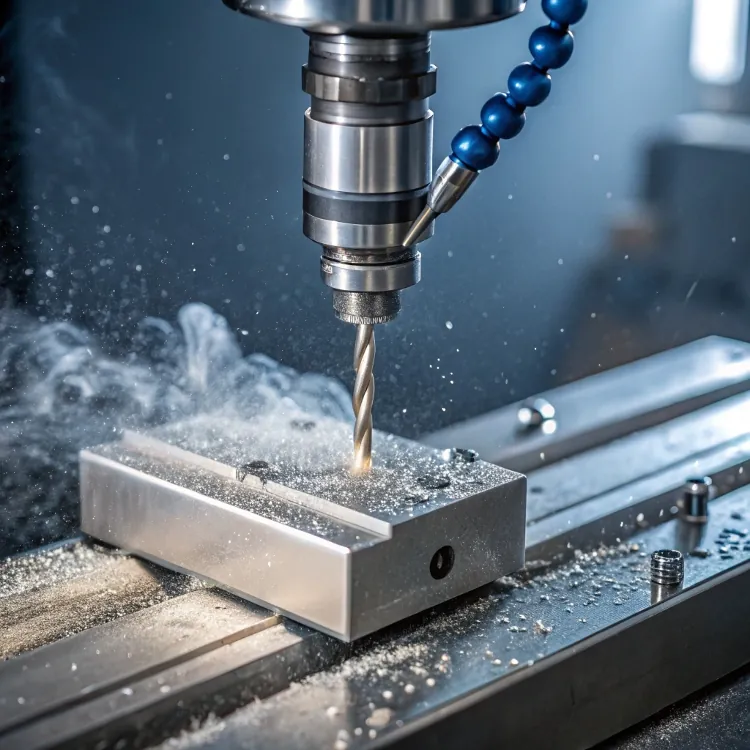
CNCing aluminum extrusion sounds simple—just clamp and cut, right? Not quite. One wrong move, and the profile bends, melts, or breaks. So how do we do it right?
CNC machining aluminum extrusions involves careful setup, the right tooling, and specific feed and speed strategies to ensure precision and avoid deformation.
Aluminum is soft, but that doesn’t mean it’s easy. Let’s walk through how to machine aluminum profiles without ruining them—or your tools.
What are the best practices for CNC machining aluminum extrusions?
Aluminum cuts fast, but it also gums up tools and warps easily. You need to control heat, vibration, and alignment.
Best practices for CNC machining aluminum extrusions1 include using sharp tools, securing workpieces tightly, applying proper coolant, and optimizing speeds and feeds.
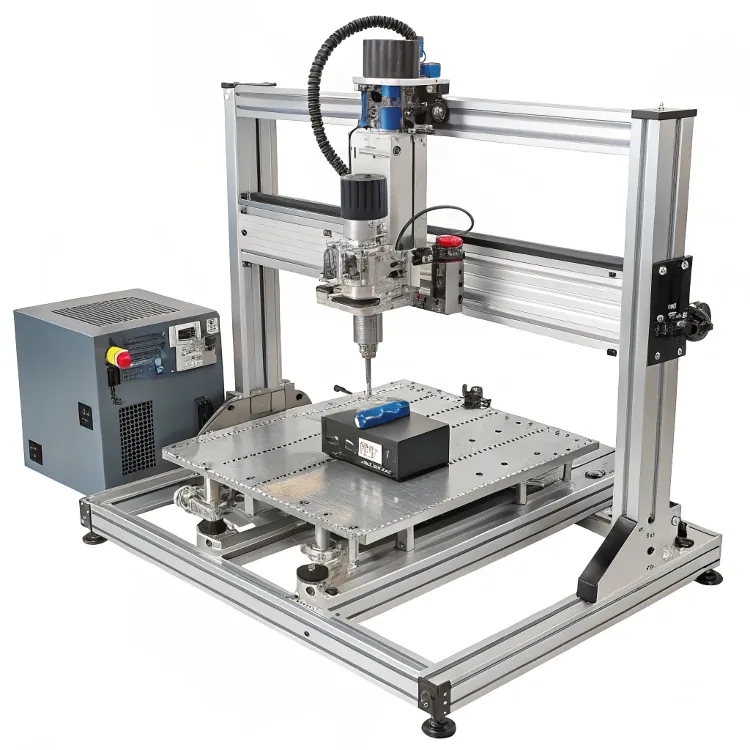
Key Machining Practices
| Practice | Why It Matters |
|---|---|
| Rigid Fixturing | Prevents vibration and misalignment |
| Lubrication & Coolant | Avoids chip welding and tool overheating |
| Sharp Carbide Tools | Clean cuts without smearing soft aluminum |
| Right Feeds & Speeds | Balances speed with heat control |
| Deburring & Cleaning | Ensures a clean fit in assembly |
Tip
Always do a test pass if you’re using a new profile or tool path. Thin walls can vibrate or collapse under aggressive cutting. Also, clamp close to the cut zone to keep it stable.
Coolant is not necessary when CNC machining aluminum.False
Coolant helps prevent heat buildup and chip welding, both common issues with aluminum.
Rigid fixturing improves precision and surface finish.True
Securing the extrusion tightly reduces vibrations and tool deflection.
Which tools are ideal for cutting aluminum extrusions?
Not all cutting tools are created equal. The wrong bit will clog up or leave a rough edge.
Carbide tools with polished flutes, high helix angles, and sharp edges are ideal for cutting aluminum extrusions.
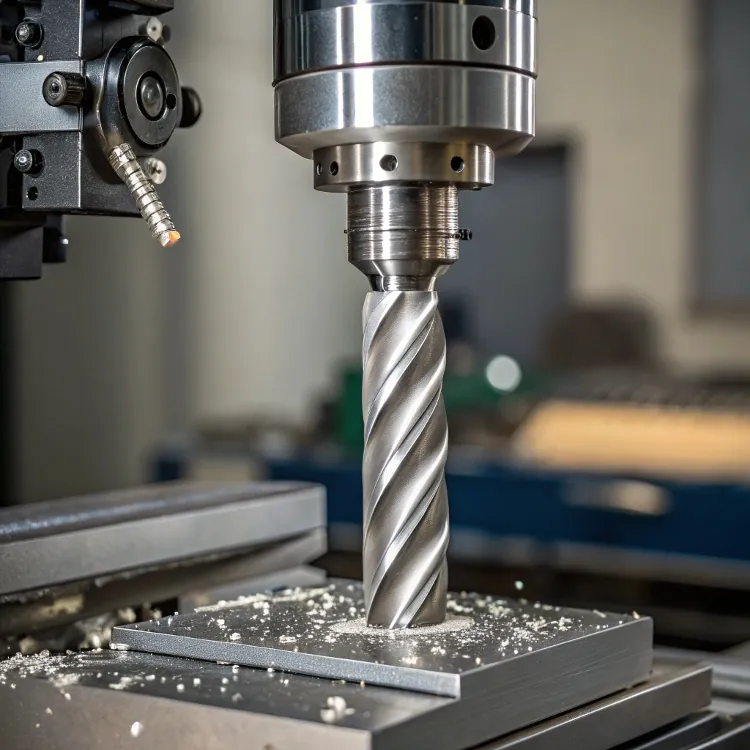
Recommended Tools
| Tool Type | Purpose |
|---|---|
| 2-Flute Carbide End Mill2 | Great for chip removal and clean cuts |
| Upcut Spiral Bit | Helps lift chips from narrow profiles |
| Chamfer Mill | Ideal for deburring and edge finishing |
| Face Mill | Smooth finishing on flat sections |
Coatings
- Uncoated or ZrN-coated tools2 are best. TiN-coated tools generate too much heat.
- Avoid tools with coatings meant for steel—they reduce performance on aluminum.
Tool geometry makes a big difference. A sharper edge with a high rake angle works better than a blunt tool designed for hard steel.
Titanium-coated tools are ideal for aluminum.False
TiN coatings trap heat; uncoated or ZrN-coated tools are better for aluminum.
2-flute carbide end mills are commonly used for aluminum.True
They provide good chip evacuation and sharp cuts for soft metals like aluminum.
How to prevent deformation when machining aluminum profiles?
Aluminum is light and soft, which is great for bending—but bad when you want precision.
To prevent deformation, use multiple clamps, avoid overcutting thin sections, and support the extrusion along its length during CNC machining.
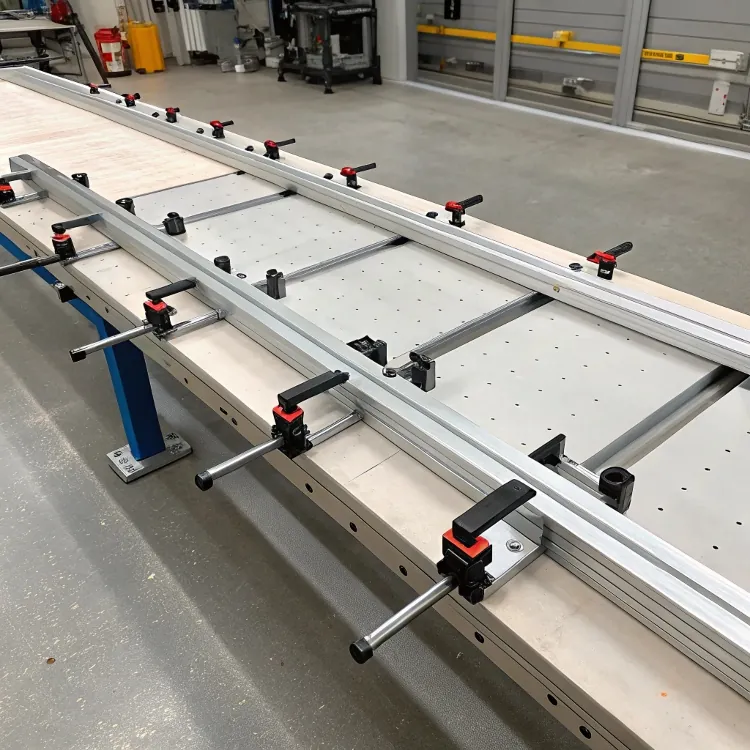
Deformation Prevention Checklist
| Strategy | Why It Works |
|---|---|
| Use soft jaws | Spreads clamping pressure evenly |
| Clamp close to cut | Reduces torque leverage and vibration |
| Short tool overhang | Less tool flex means cleaner cuts |
| Support long profiles | Prevents sagging and chatter |
| Reduce cutting forces | Use shallow passes at higher RPMs |
Real-World Tip
In one project, I machined a 2-meter-long LED housing. We added support blocks every 300mm to avoid mid-span flexing. Without that, the profile would twist under its own weight during the cut.
Soft jaws help distribute clamping pressure and avoid dents.True
They conform to the shape and reduce concentrated stress.
It’s okay to let aluminum extrusions hang off the table during machining.False
Unsupported overhangs lead to sagging and inaccurate cuts.
What are common challenges in CNC machining aluminum extrusions?
Even seasoned machinists hit roadblocks with aluminum profiles. Some issues are unique to extrusion shapes.
Common challenges include chip buildup, vibration, poor clamping, inconsistent wall thickness, and tool wear due to aluminum’s gummy nature.
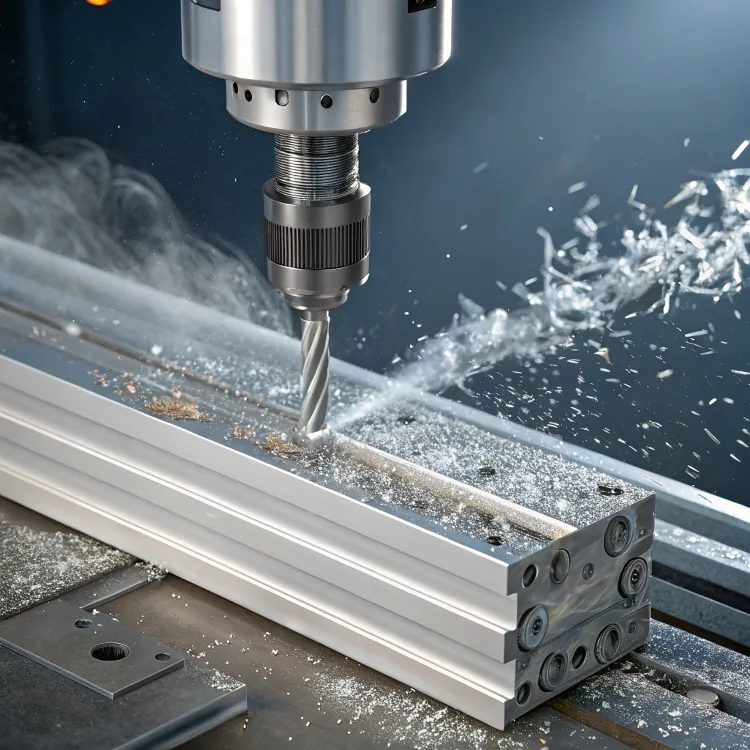
Frequent Problems and Solutions
| Problem | Cause | Solution |
|---|---|---|
| Chip Welding | Overheating | Use coolant, increase feed |
| Vibration (Chatter) | Long or thin profiles | Add supports, reduce cut depth |
| Bending or Warping | Insufficient clamping | Use multiple clamps or vacuum table |
| Tool Clogging | Poor chip evacuation | Use fewer flutes, high RPM |
| Surface Marks | Dull tools or bad coolant flow | Replace tools, clean coolant lines |
Design Considerations
Be cautious of hollow profiles with uneven wall thickness. They can deflect unexpectedly or trap chips inside during cutting, making cleanup a mess and affecting part function.
Aluminum profiles often warp due to uneven internal stress.True
Uneven geometry and thin walls can cause thermal and mechanical deformation.
Dull tools are preferred for cutting aluminum to avoid chatter.False
Dull tools increase friction and vibration; sharp tools are essential.
Conclusion
CNC machining aluminum extrusions isn’t just cutting—it’s engineering. With the right setup, tools, and techniques, you get clean, accurate parts with minimal waste or rework. Plan your fixturing, respect the material, and your project will come out perfect.



